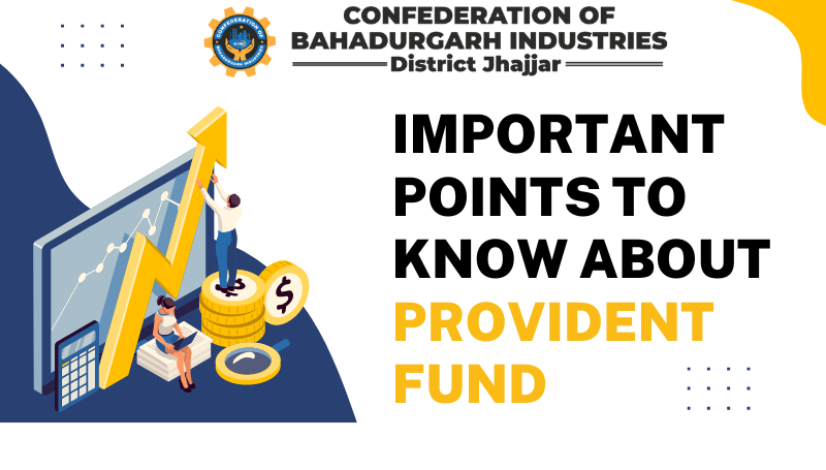Important points to know about Provident Fund
Provident Fund (PF) is a savings scheme that is often provided by employers in India as a benefit to their employees. The scheme is also known as the Employee Provident Fund (EPF) and is governed by the Employees’ Provident Funds and Miscellaneous Provisions Act, of 1952.
Under the PF scheme, both the employee and the employer contribute a certain percentage of the employee’s salary towards a savings fund. The current contribution rate is 12% of the employee’s basic salary plus dearness allowance, with an equal contribution from the employer. The contributions are made monthly and accumulate in the employee’s PF account, which is maintained by the Employees’ Provident Fund Organization (EPFO).
In this blog, you will get to know about some important points to consider about Provident Fund (PF).
Provident Fund and important aspects to know about PF from an organisation’s overview:
Provident Fund, also known as Employee Provident Fund (EPF), is a retirement benefits scheme available to employees working in the organized sector in India. The accumulated funds in the PF account can be withdrawn by the employee at the time of retirement, resignation, or termination of employment. However, if the employee withdraws the funds before the completion of five years of continuous service, the withdrawal amount is subject to tax. In addition, the employee can also take a loan against the accumulated PF balance for certain specific purposes.
Here are some important points to know about Provident Fund:
- Eligibility: All employees who work in organizations with more than 20 employees are eligible for Provident Fund contributions. Both the employer and employee contributions to the Provident Fund.
- Contribution: The current contribution rate is 12% of the employee’s basic salary and dearness allowance. The employer also contributes an equal amount to the Provident Fund account.
- Interest Rate: The interest rate for Provident Fund contributions is set by the government and is reviewed annually. The current interest rate for the year 2021-22 is 8.50%.
- Online Services: The Employees’ Provident Fund Organization (EPFO) provides various online services, including checking account balances, updating personal information, and filing for withdrawal or transfer of funds.
- Withdrawal: An employee can withdraw the accumulated balance in their Provident Fund account after completing 5 years of continuous service. However, partial withdrawals are allowed for specific purposes like medical emergencies, marriage, education, and home loans.
- Tax Benefits: The contributions made to the Provident Fund account are eligible for tax deductions under Section 80C of the Income Tax Act, up to a limit of Rs. 1.5 lakhs per annum. The interest earned on the Provident Fund account is also tax-free.
Provident Fund is an important retirement benefits scheme for employees in the organized sector in India. Understanding the eligibility, contribution, withdrawal, interest rate, tax benefits, portability, and online services can help employees make informed decisions and plan for their retirement. The PF scheme is designed to provide financial security to employees after retirement and is considered an important employee benefit. Overall, the PF scheme is considered an important employee benefit as it helps to ensure that employees have a source of financial security in their retirement years, as well as during other unforeseen circumstances. The scheme is widely used in India and is an integral part of the country’s social security system.




